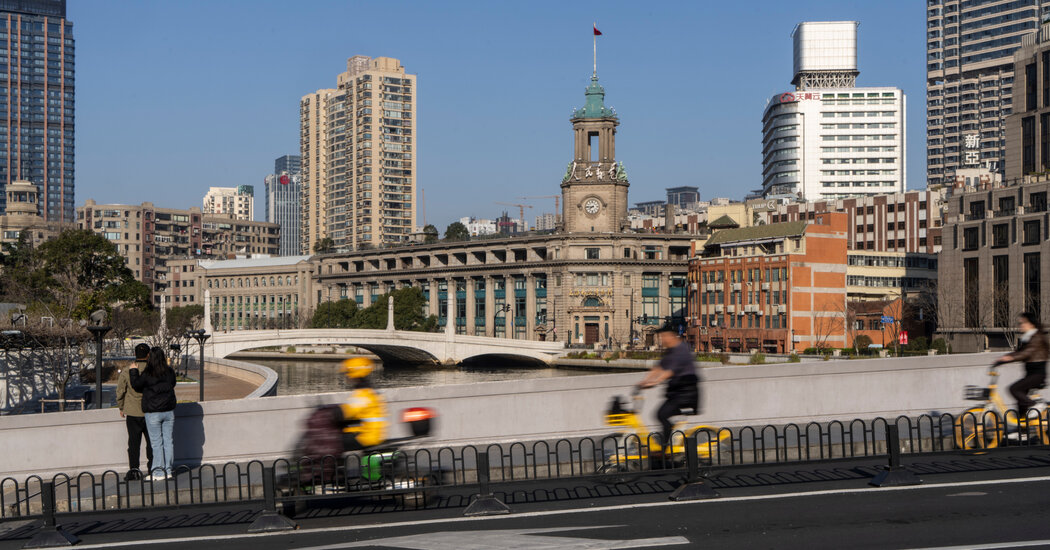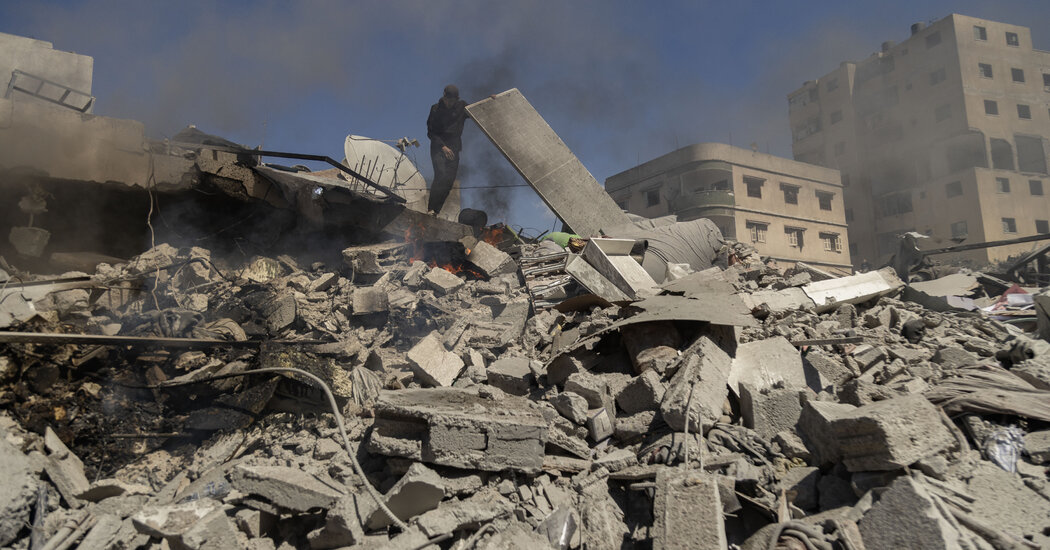Chaos Erupts at Mandalay General Hospital Following Devastating Earthquake
In the sweltering heat of 100 degrees, the parking lot of Mandalay General Hospital became a scene of desperation and urgency. Dozens of patients, many with their heads and arms heavily bandaged, were laid out on stretchers or simply on pieces of cardboard, waiting for medical attention. The situation was dire, with more injured individuals continuously arriving, overwhelming the already strained resources.
“We are facing a critical shortage of medical personnel,” stated Dr. Kyaw Zin, a dedicated surgeon at the hospital. “Cotton swabs are running low, and we are simply unable to accommodate all the injured people.” He described the hospital as being so overcrowded that “there is no space to stand.” With phone lines down, he expressed deep concern for his own family, saying, “I’m very worried about my parents. But I can’t leave my duties here. I must focus on saving lives first.”
Even prior to the earthquake, Myanmar’s healthcare system was already teetering on the brink of collapse. The military junta, which has ruled the country since a coup in 2021, has implemented a brutal crackdown on healthcare workers who have been pivotal in a nationwide civil disobedience movement opposing the regime. According to Physicians for Human Rights, Myanmar is one of the most perilous countries for health workers.
Dr. Kyaw Zin recounted how he was in the midst of preparing for surgery when the earthquake struck. Panic ensued, with patients and staff rushing outside for safety. As the afternoon wore on, the wailing of ambulance sirens filled the air, bringing in a steady stream of the injured. Nurses hurriedly checked on patients in the parking lot, with some connected to intravenous drips, while others moaned in agony, desperately seeking assistance. A heavy scent of blood permeated the stifling atmosphere.
The military junta has yet to provide a comprehensive death toll from the earthquake. The damage to critical infrastructure is likely to impede access to areas that were already grappling with the ravages of a brutal civil war. The epicenter of the quake, located in the Sagaing region, has been a stronghold for resistance against military rule. The World Health Organization has acknowledged the challenges in obtaining information due to ongoing aftershocks and disrupted communication networks. The agency has indicated its intention to dispatch trauma supplies from its logistics hubs to support the beleaguered healthcare system in Myanmar.




